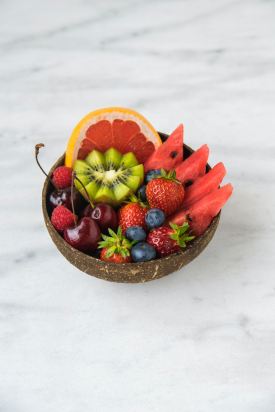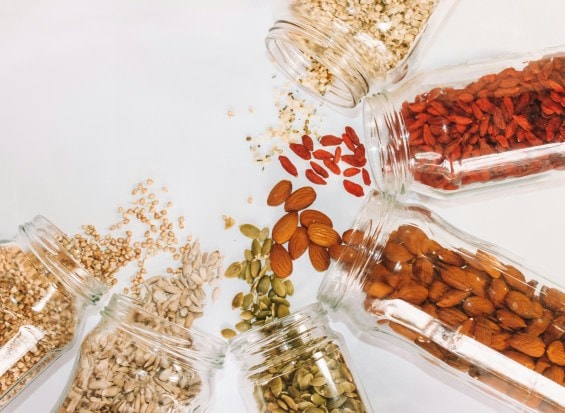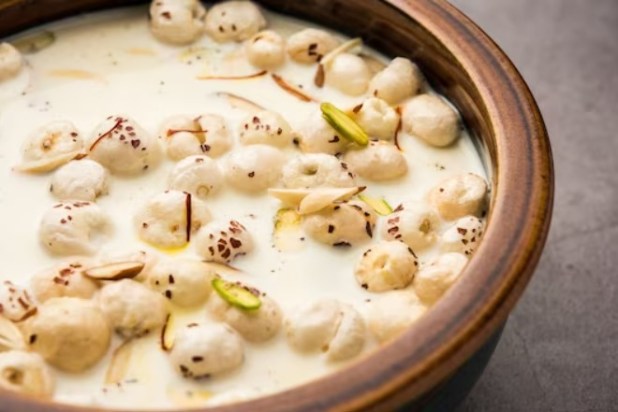As Prime Minister Narendra Modi observes an 11-day fast in anticipation of the Ram Temple Pran Pratishtha, the nation’s attention turns to the significance of fasting and the dietary choices that accompany this spiritual practice. Fasting is not just a cultural tradition but a means of spiritual purification and self-discipline in various cultures and religions around the world.
For those looking to observe fasts in tandem with PM Modi or for spiritual reasons, it’s essential to understand how to maintain energy levels while abstaining from regular meals. Here’s a guide to what you can eat while fasting, ensuring a balance between tradition and nutrition.
The Essence of Fasting
Fasting during religious occasions is a common practice in India, symbolizing devotion, self-control, and a spiritual connection. PM Modi’s 11-day fast holds special significance, aligning with the Pran Pratishtha of the Ram Temple, marking the consecration of the deity’s idol.
Fasting Guidelines
While fasting, it’s crucial to adhere to the dietary guidelines set by tradition. Generally, certain foods are avoided, such as grains, pulses, and non-vegetarian items. Instead, individuals turn to specific ingredients that are considered pure and easily digestible.
Nutrient-Rich Options
Fruits: Rich in vitamins, minerals, and natural sugars, fruits like apples, bananas, and pomegranates provide a quick energy boost. Fresh fruit juices can also be consumed, avoiding the addition of artificial sweeteners.

Root Vegetables: Potatoes, sweet potatoes, and yams are often included in fasting diets for their sustenance and energy-providing properties.
Dairy Products: Milk, yogurt, and paneer are excellent sources of protein and calcium. Preparing dishes with dairy is not only nutritious but also aligns with fasting guidelines.
Nuts and Seeds: Almonds, walnuts, and seeds like flaxseeds and sunflower seeds are rich in healthy fats and protein, contributing to a feeling of fullness.

Beverages: Herbal teas, coconut water, and buttermilk can keep you hydrated while offering a variety of flavors.
Traditional Fasting Recipes
Sabudana Khichdi: Tapioca pearls cooked with peanuts, potatoes, and spices make for a delicious and filling option.

Fruit Chaat: A colorful mix of seasonal fruits with a dash of lemon juice and chaat masala provides a refreshing and nutritious snack.
Kuttu Ki Roti: Buckwheat flour is commonly used during fasting to prepare flatbreads, offering a wholesome alternative to regular wheat-based rotis.

Makhana Kheer: Fox nuts (makhana) cooked in milk with sugar and dry fruits create a delightful dessert for those observing fasts.
As we witness Prime Minister Modi’s commitment to fasting for 11 days, it’s an opportune time to reflect on the spiritual significance of such practices and adopt a mindful approach to our own dietary choices during fasting periods. By incorporating nutrient-rich foods and traditional recipes into our fasting routines, we can ensure both physical well-being and spiritual fulfillment.
Remember to consult with healthcare professionals or nutritionists for personalized guidance based on individual health conditions.







